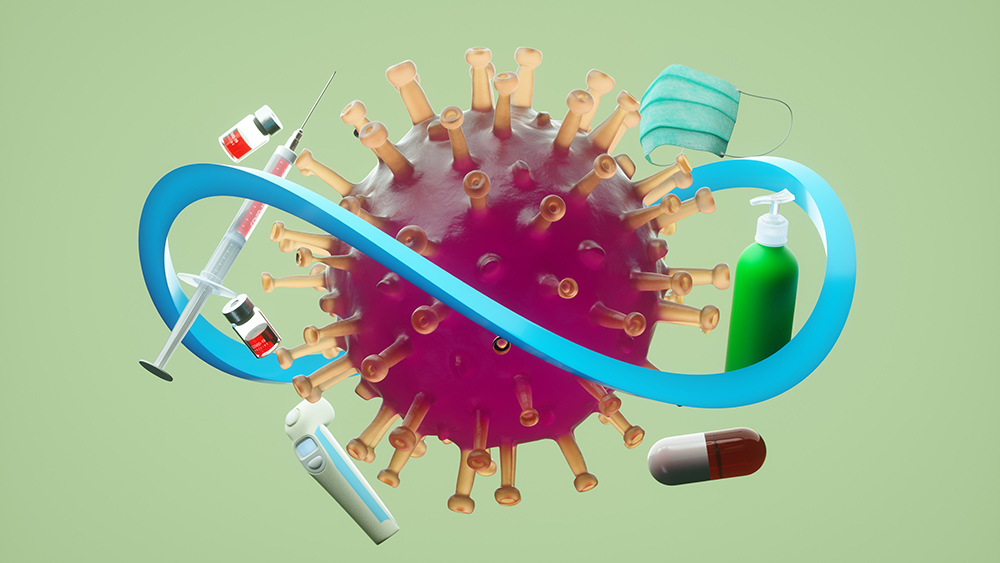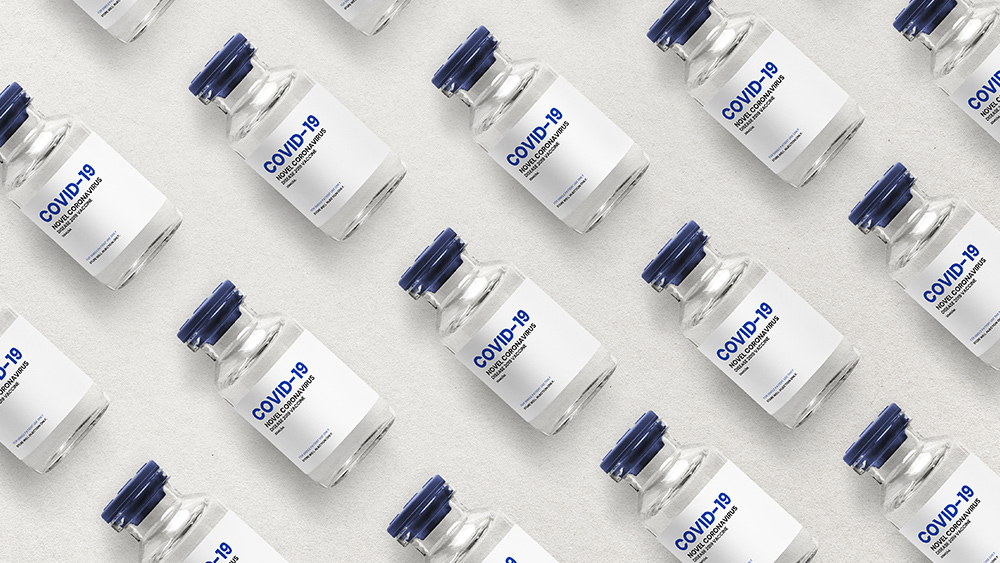Mycotoxins: What are they and why are they bad for you?
04/07/2019 / By Edsel Cook

Mycotoxins are deadly natural compounds produced by molds and other harmful fungi. Found in grains and food products derived from livestock that ate tainted grain, these endocrine disruptors can harm the sexual development of young girls and cause other, more serious health complications.
As much as 25 percent of the world’s supply of grain has been contaminated by mycotoxin-producing molds. Both human food and animal feed are affected by these toxins.
One of the most recent cases involving mycotoxins took place in 2014. A mycotoxin called aflatoxin contaminated the corn supply in Kenya. It triggered an outbreak of the disease aflatoxicosis, which claimed 125 lives.
After that tragedy, researchers analyzed samples of local maize for signs of aflatoxin. They warned that more than half the corn products had been contaminated by aflatoxin levels that exceeded the safe limit imposed by the Kenyan government.
Furthermore, the lack of acute signs and symptoms of mycotoxin poisoning does not clear a potential patient from danger. Even low concentrations of mycotoxins in the body can completely disrupt the proper functions of the endocrine system in an infected person. (Related: Study finds that a combination of L-carnitine and vitamin E can overcome immunosuppression.)
Deadly mycotoxins have tainted grains and grain-fed animal products
In 2011, the Rutgers Cancer Institute of New Jersey evaluated a group of young girls who lived in New Jersey. The researchers looked for signs of zearalenone (ZEA), a mycotoxin from the mold Fusarium graminearum that disrupts estrogen levels.
The study found that 78.5 percent of the participants tested positive for ZEA. Furthermore, the contaminated girls were generally smaller and more likely to display unhealthy sexual characteristics for their age.
Barley, corn, oats, rice, sorghum, and wheat are some of the grains that contain these mycotoxins. ZEA can also be found in dairy products, eggs, and meat from grain-fed animals. It can even end up in beer.
ZEA derivatives have also been patented as oral contraceptives. They are also being used to make livestock get fatter at a faster rate.
“Zearalenone has been widely used in the United States since 1969 to improve fattening rates in cattle by increasing growth rate and feed conversion efficiency,” warned researchers from the University of Athens in a 2012 study. “Evidence of human harm from this practice is provided by observations of central precocious puberty.”
Aflatoxin and zearalenone are just two of the more than 40 mycotoxins that are considered dangerous in more than 100 countries. These endocrine disruptors cause premature puberty and estrogen-related syndromes like uterine enlargement, swollen mammary glands, and pseudopregnancy.
Drop toxic grains for fresh veggies
There is no grain that is safe from mycotoxin contamination. Both conventional and organic products can be infected by the molds that produce the toxins. Furthermore, cooking the grain will not decrease the levels of mycotoxins by a large margin.
The only way to avoid these endocrine disruptors is to completely abandon cereal grains. It should be easy enough to quit corn given its association with GMOs and cancer-causing glyphosate herbicide.
Instead, eat fresh vegetables that are low in starch and contains plenty of nutrients. Kale is an especially good choice of food that can bolster your health.
Certain foods can reduce the harmful effects of mycotoxins on the endocrine system. Garlic is one such food.
Other spices may have similar protective effects. It is suggested that these seasoning ingredients are found in every cuisine around the world because they have health benefits that can counteract disease-causing substances in food. These spices could be preventing mycotoxins from harming the health of people who unknowingly eat contaminated grain.
Sources include:
Submit a correction >>
Tagged Under:
adolescents, aflatoxicosis, aflatoxin, barley, corn, Diseases, endocrine disruptor, food safety, food supply, Fungi, Fusarium, girls health, glyphosate, GMO corn, grains, mold, mycotoxin, oats, outbreak, rice, sorghum, toxic food, toxins, wheat, women's health, zearalenone
This article may contain statements that reflect the opinion of the author
RECENT NEWS & ARTICLES
Infections.News is a fact-based public education website published by Infections News Features, LLC.
All content copyright © 2018 by Infections News Features, LLC.
Contact Us with Tips or Corrections
All trademarks, registered trademarks and servicemarks mentioned on this site are the property of their respective owners.





















